Hate Clock Changes? This Expert Disagrees
The idea of “locking the clock” and eliminating clock changes is gaining steam. This expert wants us to reconsider.
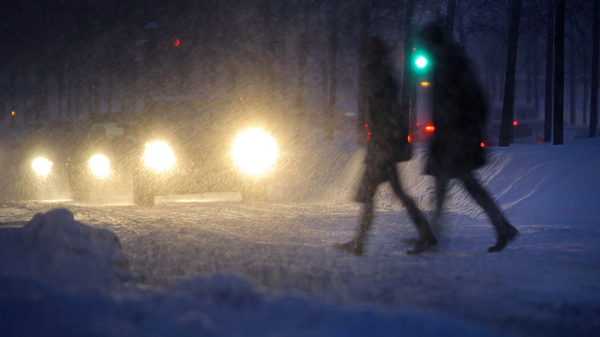
Permanent DST failed the last time the US tried it. Most parents did not like to send their kids to school in the dark.
©iStockphoto.com/mikdam
In 2024, 71 countries use DST—and it seems that in each and every one of them, a sizeable portion of the population wants to get rid of it.
In the United States, as one example, several states want to “ditch the switch” and stay on either permanent DST or permanent standard time.
The Benefits No One Talks About
timeanddate.com has talked to Dr. David Prerau, an internationally recognized expert on DST.
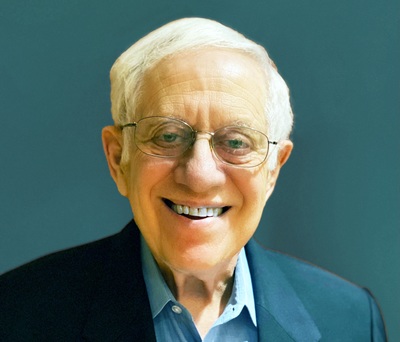
“The current system is the best of both worlds,” says DST expert Dr. David Prerau.
In his opinion, the DST debate puts too much focus on the negative sides of seasonal clock changes:
“When people think about DST, they often think about the negative effect of losing an hour of sleep one day of the year when we set the clocks for summertime. What they don’t think about is that by doing that, we gain 238 days in the spring, summer, and fall with all the benefits of lighter evenings and 118 days in the winter without the very late sunrises,” he says.
Dr. Prerau thinks the current system is overall an excellent compromise:
“It is the best of both possibilities since it provides the many benefits of DST for most of the year and yet avoids the negatives that winter DST would bring during the year’s darkest months.”
He argues that DST also has many other benefits:
“It reduces traffic accidents and crime, reduces energy usage, increases public health because it gets people out in the evening, and improves the quality of life for people who don’t like going out in the dark.”
Same as Traveling between Time Zones
Despite all this, there’s no shortage of voices in the US expressing discontent and a determination to cancel the practice.
If you’re one of many people who only see the turning of the clocks as a hassle, he reminds us that traveling between time zones is really no different from switching the clocks for DST:
“Losing one hour of sleep when changing the clocks is no different than going one time zone to the east, from Chicago to New York, from London to Paris, or from Bejing to Tokyo–and people do that constantly. The difference is perhaps that people plan more when they’re traveling. Travelers know they are going to a different time zone, so they often make some preparations for it; they get a little more sleep or avoid making a lot of plans at night or early the next morning,” he says.
“If people made the same preparations before changing the clocks as when traveling between time zones, many of the negatives would be minimized. I propose a national campaign to prepare people ahead of the DST switches to make adjusting easier.”
Is It Time to “Lock the Clock”?
Even though all US states, with two exceptions, use DST, they have different opinions on the best DST practice going forward.
Currently, 19 states want to “lock the clock” and stay on year-round summer time.
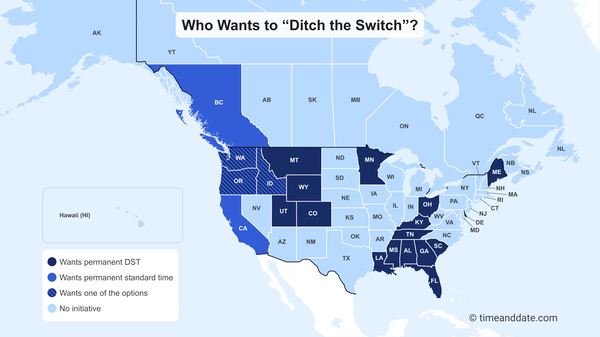
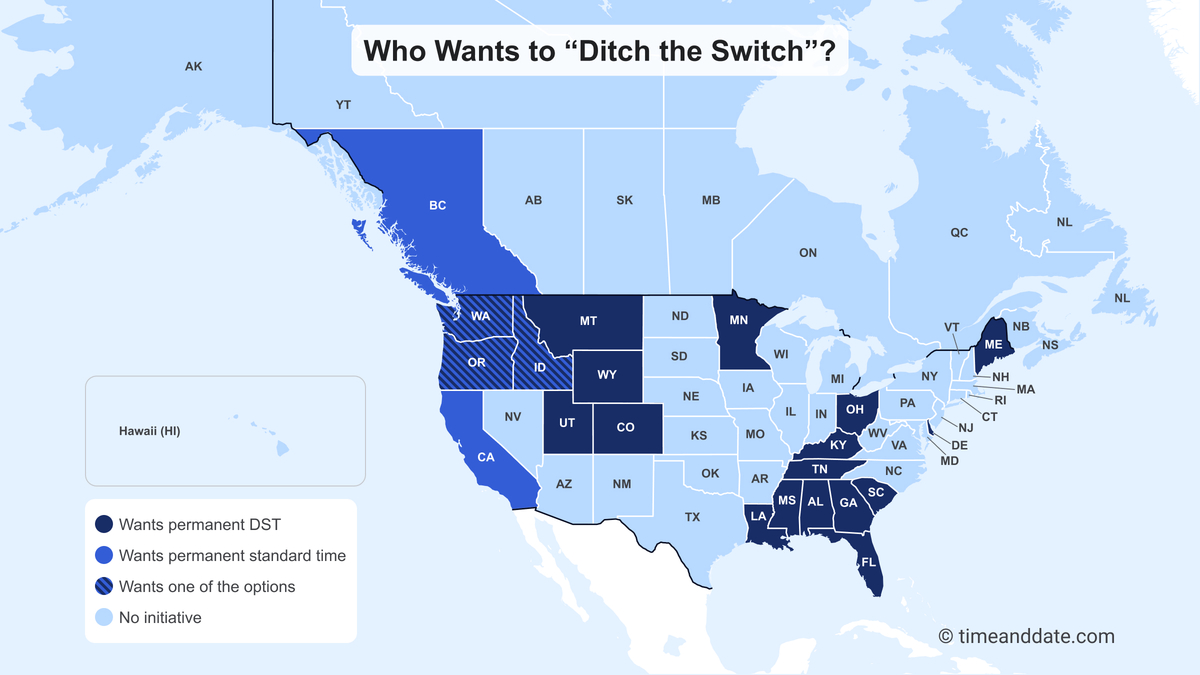
Many US states, specifically nineteen, would like to stay on permanent Daylight Saving Time (DST). Out of these, a few—three states—are also considering permanent standard time. In total, five states are interested in adopting permanent Standard Time, along with one Canadian province, British Columbia (BC).
©timeanddate.com
One of the senators who has argued for this solution is Florida Senator Marco Rubio, the man behind the Sunshine Protection Act:
“This ritual of changing time twice a year is stupid. Locking the clock has overwhelming bipartisan and popular support. This Congress, I hope that we can finally get this done.”
Mr. Rubio said this in a press release in March 2023. He was not available to answer any further questions from timeanddate.com. Neither was Massachusetts Senator Ed Markey, one of the original sponsors of the act. In November 2023, he released a statement on making DST permanent:
“When we ‘fall back’ and lose the extra hour of daylight saving time on Sunday, we are sacrificing energy savings, crime reduction, and economic benefits for darkness.”
In 2018, as Governor of Florida, Senator Rick Scott was one of the first to sign the bill:
“It’s time to lock the clock. Floridians are sick of changing their clocks because we all want more sunshine,” he states on his website.
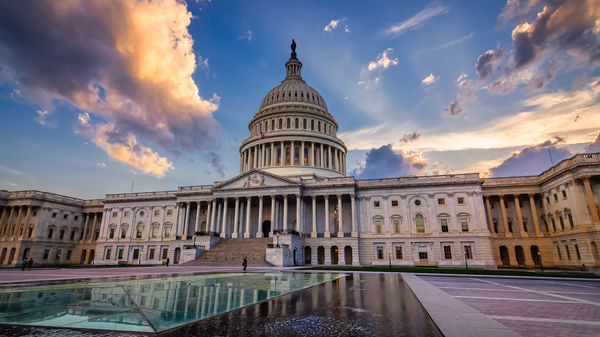
Will the Sun be setting on DST in the US for good? 19 states have passed legislations to get rid of the practice, but Congress still needs to give final approval.
©iStockphoto.com/Daniel Lange
Historically an Unpopular Solution in the US
Dr. Prerau is skeptical of the idea of permanent DST.
“Year-round DST is actually not a new idea,” Dr. Prerau explains.
“It was in use in the US in 1974. There was an energy crisis, and one thing proposed to help it was to extend DST from the then standard six months per year to instead have permanent DST for two years. When it actually happened, a lot of people found all the negatives and didn’t like it at all,” he says.
“They didn’t like getting up in the winter in the dark, going to work in the dark, and especially sending their kids to school in the dark. The sunrises in the winter got very late, around 08:30 or 09:00 am, in places like Minneapolis and Seattle. It became unpopular very quickly, and Congress repealed it after the first year.”
Keeping Daylight Saving Time all year would move sunrise and sunset times 1 hour later in the day, resulting in darker mornings and more daylight in the afternoon.
“In my experience, during winter, people want daylight after waking up in the morning rather than later in the day.”
Light has been proven to powerfully influence our body clock and the day-night cycle, known as the circadian rhythm.
The Case for Permanent Standard Time

“Solar time is the most honest clock, defined by the Sun’s apparent position in the sky,” says Jay Pea, president of Save Standard Time.
In 2022, the Sunshine Protection Act was unanimously passed in the Senate but failed to make it beyond the House of Representatives. And since the bill needs to be signed into law, the 19 states that wants permanent DST still continue with the seasonal time change.
Because recent permanent DST bills have stalled in the US Congress, there have been more recent efforts to focus on a move to permanent standard time instead. Any move to year-round standard time does not require national-level approval.
We turned to Jay Pea, president of Save Standard Time, a nonprofit lobby group, to hear more about this option:
“Permanent Standard Time eliminates both the acute harm of clock change and the chronic harm of DST itself. If individuals continue to prefer DST, they can simply wake themselves earlier to allocate more daylight after their workdays.”
Pea claims that standard time (also known as normal time or winter time) is an approximation of solar time.
“Solar time is the most honest clock, defined by the Sun’s apparent position in the sky, wherein “high noon” corresponds to 12 pm, he says.”
“In our opinion, history, science, and common sense point to permanent Standard Time as the healthiest, fairest, safest, and most lasting solution.”
When it comes to what Pea calls “the most honest clock,” Dr. Prerau argues that we already accept three artificial changes when it comes to time:
“The first one is mean time, the second is time zones, and the third is DST, with the clock changes twice a year.”
He sums up:
“So, we’re willing to accept a change from the actual solar time to make it better and easier for us. That’s what DST does; we accept the change because we think it benefits us.”
More Cons than Pros to Permanent Standard Time
Dr. Prerau explains that there are many cons to Permanent Standard Time in the US:
“Permanent Standard Time would give very early sunrises in spring and summer, including sunrises before 4:30 in places like New York and Chicago. With such early sunrises, almost no one gets the benefit of that hour of sunlight because most people will be asleep. So, instead, we take that hour of sunlight in the very early morning and move it to the evening when it’s more useful.”
He argues that any state can opt to have Permanent Standard Time just by passing the law, but only two states have chosen it, Hawaii and Arizona:
“This is for a very particular reason. Hawaii is the southernmost state and closest to the equator, so sunrise and sunset don’t change that much year-round. In Arizona, it’s so hot in the summer that people don’t want an extra hour of daylight in the evening. Because of the temperature, they look forward to the Sun setting so that they can go outdoors in the evening.”

A hot day in Monument Valley Tribal Park, Arizona.
©iStockphoto.com/YinYang
Why DST Is Still Such a Hot Potato
There’s no doubt that DST both engage and divide us. We ask Dr. Prerau why he thinks this is:
“Because it has a direct effect on each person. Some people love to have that extra hour of light in the evening and feel positive about it, some people don’t like the dark in the morning and feel negative about it. And no one likes changing the clocks; that’s an inconvenience.”
Babies and DST: Adjusting your baby’s sleep
So, what will happen with DST in the future? Will more US states “lock the clock?” According to Pea in Save Standard Time, it’s only a matter of time:
“Modern society runs 24/7 in terms of computation, communication, commerce, and travel. Biannual clock change today has become excessively confusing and expensive. DST costs both money and lives to no objective benefit. Citizens across the US are increasingly calling on legislators to ditch the switch.”
Dr. Prerau is not as conclusive in his response:
“A lot of countries have gone up and down, back and forth between the options, and sometimes, if they have an energy crisis, like the US had in 1974, they put it in, and when that goes away, they put it out. So it’s a constantly changing situation. In the US, we’ve been pretty stable. For now, almost all US states, with two exceptions, use DST, which I think is good. It makes it uniform.”
No matter what happens in the future, we here at timeanddate.com will keep you updated on the latest changes.